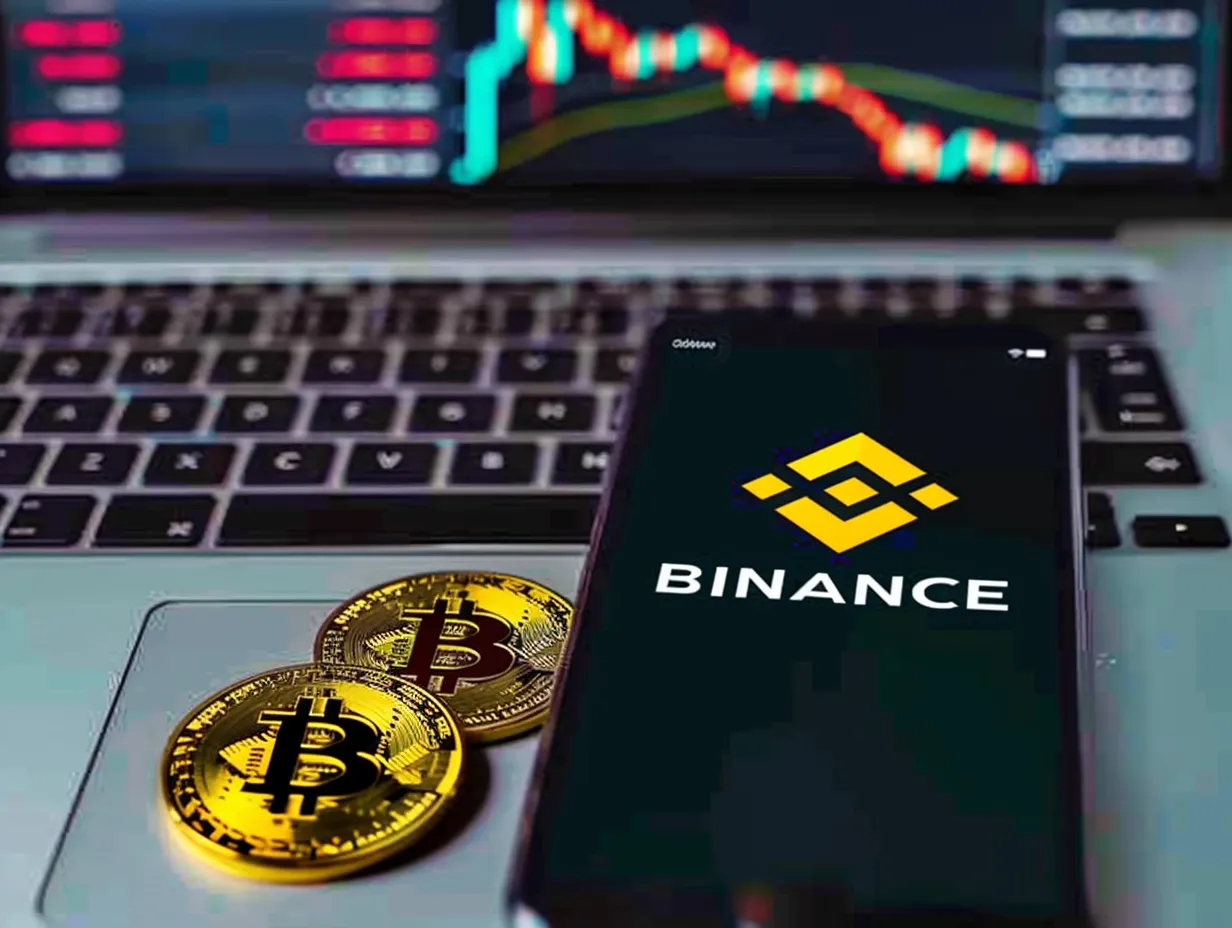Crypto exchange Binance has introduced the IO.NET (IO) token as its 55th Binance Launchpool project. IO.NET is a decentralized AI computing & cloud platform. The AI token will be listed on the crypto exchange platform on May 11th at 12:00 UTC.
The new AI and cloud computing token will start trading on the same day on Binance. The exchange warned crypto investors to beware of any other third party claiming to offer the IO.NET token on or before the communicated launch date.
Also Read: Binance Announces Major Changes to Stablecoin Access in Europe
IO.NET (IO) is the latest and the 55th project to launch on Binance Launchpool, which is essentially a liquidity farming service by the largest crypto exchange. Crypto investors will be able to farm IO upon listing by staking BNB and FDUSD.
The IO token will be listed and immediately be available for trading with up to five trading pairs, according to Binance. These include IO/BTC, IO/USDT, IO/BNB, IO/FDUSD, and IO/TRY.
The IO.NET (IO) token website is already up for crypto investors to read more about the project.
Binance Launchpool introduces IO.NET
The IO.NET (IO) project by Binance Launchpool is a unique project that focuses on decentralizing AI and cloud computing. The platform itself is a decentralized AI computing and cloud platform that aggregates Graphics Processing Units (GPUs) from underutilized sources.
IO.NET (IO) creates an interconnection that provides machine learning startups with sufficient computing power through GPU aggregation. IO.NET’s ability to harness GPU power and redistribute accordingly results in significant cost savings.
Introducing @ionet $IO on #Binance Launchpool!
Farm $IO by staking #BNB and $FDUSD.
https://t.co/uZ3DT31Ag2 pic.twitter.com/icww9Ux62G
— Binance (@binance) June 6, 2024
According to the Binance Launchpool announcement, the IO.NET platform is powered by its native digital token, IO. The IO token is useful to users in two major ways. IO holders can use the token as a currency for payment within the IO.NET ecosystem. Crypto investors can use IO tokens to pay for GPU computing power and to deploy GPU listeners within the ecosystem.
Also, IO token holders can use the token for staking. IO crypto holders can stake IO tokens to participate in network security and earn some rewards in the form of GPU computing power. Crypto investors can either choose to delegate staking of IO tokens or do direct staking. To delegate, investors must choose another node. However, direct staking allows investors to operate on their own nodes.
Users can farm IO by staking BNB and FDUSD
According to the details provided by the exchange, the total token supply at Genesis will be 500 million IO tokens. The maximum supply is set at 800 million. During the Binance Launchpool, the token rewards are set at 20 million, constituting 4% of the total token supply at launch. The initial IO token supply will be 95 million, which constitutes 19% of the total token supply at Genesis.
For crypto investors to stake IO tokens, they will need to go through a mandatory KYC process. The smart contract details are available on Solscan for reference. The hourly Hard Cap per user will vary during the launch depending on the staking pool. For the BNB staking pool, the hourly Hard Cap per user will be 17,708.33 IO tokens. On the FDUSD pool, the hourly Hard Cap per user is set to 3,125 IO tokens.
Also Read: Bitcoin ETFs Make 56% of Fidelity’s and 26% of BlackRock’s 2024 Inflows
Crypto investors who will stake in BNB will have access to a larger reward pool. At the onset, 17,000,000 IO tokens will be available in rewards in the BNB staking pool. On the contrary, only 3,000,000 IO tokens will be available for FDUSD stakers. The BNB token stakers will be able to farm 85% of the rewards, while FDUSD stakers have only 15%.
Cryptopolitan reporting by Collins J. Okoth





